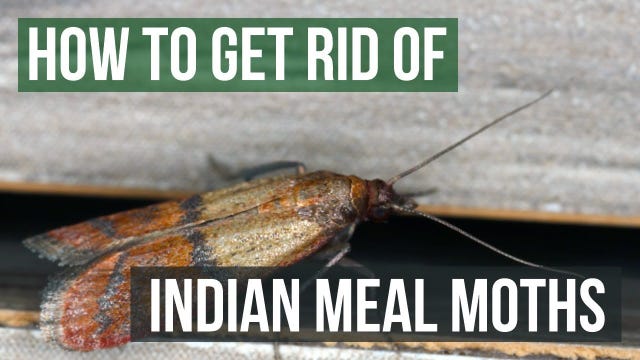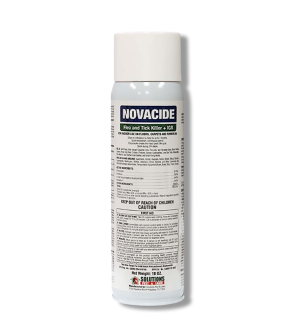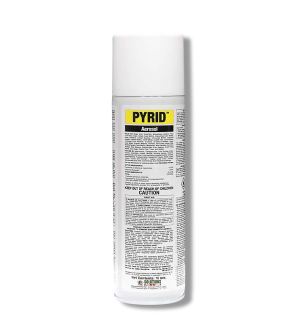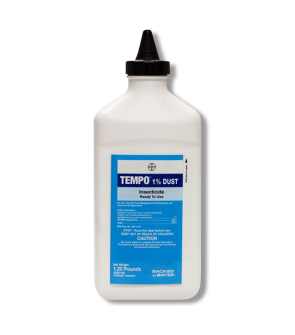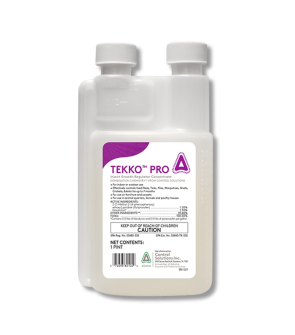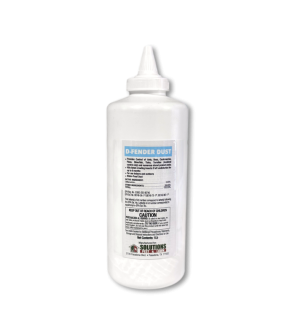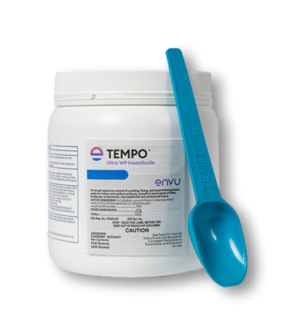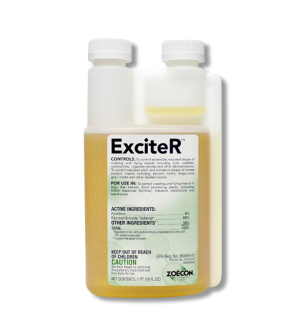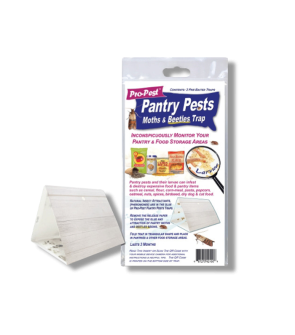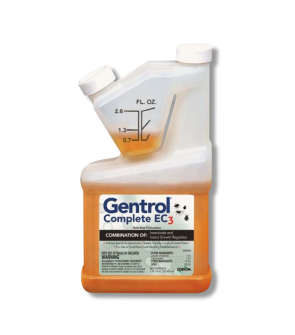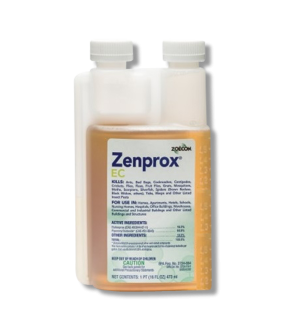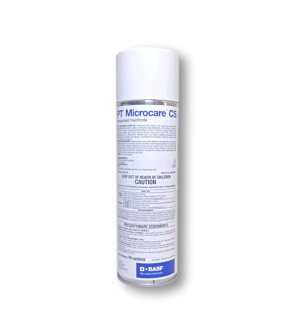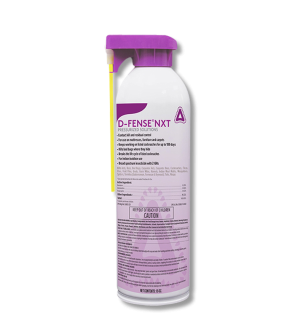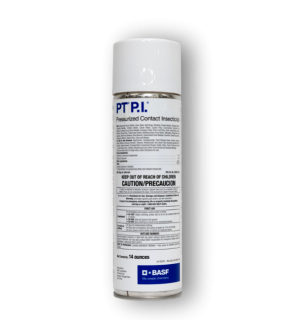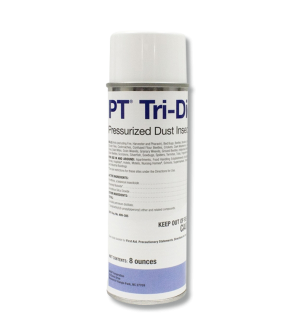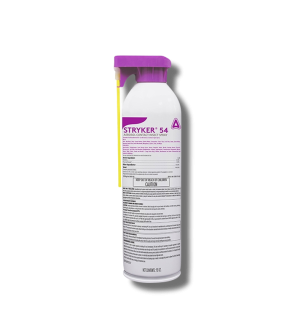Gain access to personalized product screening, the best pricing, rewards, and more!
Most Effective Products
Indian Meal Moth Control: How To Get Rid of Indian Meal Moths
This page is a general Indian Meal Moth control guide. Using the products and methods suggested, you will get control of Indian Meal Moths. Follow this guide and use the recommended products; we guarantee 100% control of Indian Meal Moths.
Indian Meal Moths are by far the most common pantry pests in homes and places of business. While they can find their way into your pantry to eat your grains and flour, they can also be brought home from the grocery store in any type of wheat or grain pre-packaged item.
People often erroneously believe that the Indian Meal Moth got its name because it originated from India, but that is not true. In fact, the name was coined because, in the US, the Indian meal moth was commonly found eating “Indian corn,” which is also known as maize.
While food processing facilities do their best to prepare and package food that is pantry pest-free, some bugs are often able to squeak by and make their way into food that is packaged away on grocery store shelves.
Indian Meal Moths are at their worst in the larval stage, which is when they do the most damage, devouring and contaminating dried foods in your pantry. These pests contaminate more food than they eat. When mature, they do not feed.
If you are dealing with Indian Meal Moths on your property, our guide below will show you how to get rid of the Indian Meal Moth and clear your pantry of them once and for all.
Identification

Identification is the first step in control. Before treating it, you must ensure you're dealing with Indian Meal Moths. Below, we'll describe the common characteristics of the most famous pantry pest in the United States, the Indian Meal Moth.
- Adult Indian Meal Moths are about 1/2 an inch in size, have a 3/4 of an inch wingspan, and have long antennae.
- Adults have a pair of wings with a set pattern (one half light brown, the other half dark brown with dark streaks).
- Adults rest their wings over their bodies in a triangle similar to a roof.
- The Indian Meal Moth's larvae stage is when it is a caterpillar. During this phase, Indian Meal Moths are the most damaging.
- Larvae are usually about 1/2 an inch in size and are cream-colored with dark brown heads but could also be pink, green, and brown.
- Indian Meal Moth larvae leave webbing, fecal matter, cast skins, and eggshells in their infested food.
- Indian Meal Moths will pupate in their selected food source or in an area away from where they infest.
- Due to their similar appearance, the Indian Meal Moth can often be mistaken for the webbing clothes moth, but the latter is a fabric pest. Indian meal moths are notorious for damaging stored food items, not fabric.
Use the image and description above to identify Indian Meal Moths on your property properly. If you are unsure, contact us; one of our experts will assist you with correct identification.
Inspection

After you have confirmed that you are dealing with Indian Meal Moths, proceed with an inspection to learn the areas where they are infesting. During the inspection, you will focus on finding the source of the infestation and applying treatment.
Where To Inspect
Look where all the food goods are stored indoors. Check your pantries, shelves, cabinets, garages, and pet food. Inspect every food product that comes in a cardboard box. Inspect cereals, grains, flour, pasta, starches, spices, herbs, etc.
What To Look
You're looking for products infested by Indian Meal Moth larvae and pupa and the presence of adult Indian Meal Moths. This includes finding larvae in the boxes, eggs, skin shells, webbings, droppings, or adult Indian Meal Moths. If any of your food products are crawling with larvae and Indian Meal Moths, this is where you will apply the treatment.
Indian Meal Moths are phototropic, meaning they are attracted to light and will fly towards it when a light turns on or they discover light. Because Indian Meal Moths are most active at night, people often report discovering them at night when they turn on the kitchen light and check the pantry only to see the Indian Meal Moth erratically flying around.
Treatment
Once you have confirmed Indian Meal Moth activity, it is time to begin treatment. Remember to read all product labels, follow the application instructions on these labels, and wear personal protective equipment (PPE) to stay safe.
To get rid of pantry moths like the Indian Meal Moth, you should first clean the infested pantry to locate and discard the infested items. After the pantry is clean, apply Pyrid Aerosol to cracks and crevices and then Novacide Aerosol to kill any surviving Indian Meal Moths and their eggs. Finally, lay Pro-Pest Pantry Traps to capture Indian Meal Moths still lingering around.
Step 1: Clean Out Your Pantry
You will need to locate the source of the infestation and remove the product immediately from your pantry or storage area. If you find one infested food package, there's a huge possibility that many other food products are infested, and some might not be noticeable to the naked eye. So, to be safe, you must throw away all the food packages found in the infested area. By doing this step, you can prevent further infestation.
You must empty your pantry and check every dried food item. Completing this step properly and being thorough in your approach is half the battle. We suggest tossing everything in your pantry, even unopened new containers, for the best possible results in eliminating an infestation. Don't leave anything to chance.
After getting rid of all the food packages, you must use a vacuum to clean the corners of the shelving, pantries, and cabinets to remove any possible eggs. If your shelving is adjustable, clean the little pegs with a toothpick since these areas are notorious for collecting moth eggs and webs. Next, clean the pantries and shelves with a wet cloth soaked in soapy water. If you find any cracks and crevices inside the shelving, use caulking to seal them.
Ensure all food goods are cleared off the cabinets, shelves, and pantries and thrown away, and the cabinets are empty before applying products.
Step 2: Apply Pyrid Aerosol
Pyrid Aerosol is an insecticide aerosol that delivers a quick knockdown and treats various crawling and flying pests. Use Pyrid to target adult moths and larvae hiding in cracks and crevices in your pantry.
To apply, shake the can and attach the red applicator tip to the top, then spray along the length of your pantry cracks and crevices.
Step 3: Apply Novacide Flea & Tick Killer
Novacide is an insecticide with an IGR (or Insect Growth Regulator) that affects the undeveloped stages of Indian Meal Moths, making them unable to grow and become adults. An application can stay effective for up to 7 months, so you don't have to apply regularly.
With the pantry cleared out and all food removed, prepare to use Novacide by wearing a safety mask, gloves, and protective eyewear. After shaking the can well, apply a light mist of Novacide in short bursts to treat the crevices where the shelving meets the wall.
Spray into cabinets and shelvings at the rate of 1 to 2 inches per every couple of inches. Spray the top, bottom, and sides of the cabinets, shelves, or pantries where food goods are stored. Do not let people or pets enter areas sprayed until 2 to 4 hours have passed.
Step 4: Pro-Pest Pantry Pest Traps
The Pro Pest Pantry Moth and Beetle Trap is a ready-to-use, pesticide-free trap that uses a pheromone-scented glue board to trap Indian Meal Moths. Remove the protective paper from the pre-baited glue and fold the trap into a pyramid shape.
The trap’s pheromone bait will lure Indian Meal Moths to the trap, where they will get stuck in the glue. This is a great, low-effort tool that will last between 60 and 90 days. One trap will cover around 100 square feet.
Simply place the pheromones pads in the middle of the glue board and you're set. You can fold them into tents and set them up where the infestation took place. These traps should last for about 3 months.
Prevention
After the Indian Meal Moth invasion has been eliminated, you should put in place preventative measures so they do not make a return to your pantry.
- Start by checking your pantry regularly, especially after you have gone to the grocery store.
- Place your dried food items in hard plastic containers rather than their original packaging. Also, avoid buying dried food items in bulk and overbuying in general. Stocking your pantries, shelves, and cabinets with excessive unused food goods for many months can invite a re-invasion.
- You can also use Pro-Pest Pantry Pest Trap throughout the year to monitor future infestations. Store food goods in plastic containers and remove them from their original packaging. This will prevent Indian Meal Moths from infesting from the outside or isolate a current infestation that came in a food package.
Key Takeaways
What are Indian Meal Moths?
- Indian Meal Moths are the most common pantry pests. They typically have two pairs of wings and can vary in size.
- Indian Meal Moths are known for being bright-colored with varying shades of grey or brown to reddish-brown.
- Indian Meal Moths are typically introduced into a home or building by being brought in with a food product that is already infested.
How To Get Rid of Indian Meal Moths From The Pantry
- Clear the pantries, shelves, and cabinets of infested food products, serving items, and utensils. Only apply pesticide products when the cabinets and shelves are empty.
- Apply Pyrid Aerosol to cracks and crevices and Novacide Aerosol to the emptied and vacuumed shelves to address surviving Indian Meal Moths in all phases of their life cycle.
- Place Pro-Pest Pantry Moth Traps on pantry shelves to lure and capture lingering Indian Meal Moths.
Preventing Indian Meal Moth Reinfestation
- Modify your environment to prevent future infestations. Store food in plastic containers, and only buy a week's worth to prevent it from staying in your pantry for a long time.
- Use Pro-Pest Pantry Moth Traps to monitor Indian Meal Moths and reapply Novacide Aerosol every 7 months to keep pantry pest problems under control.






